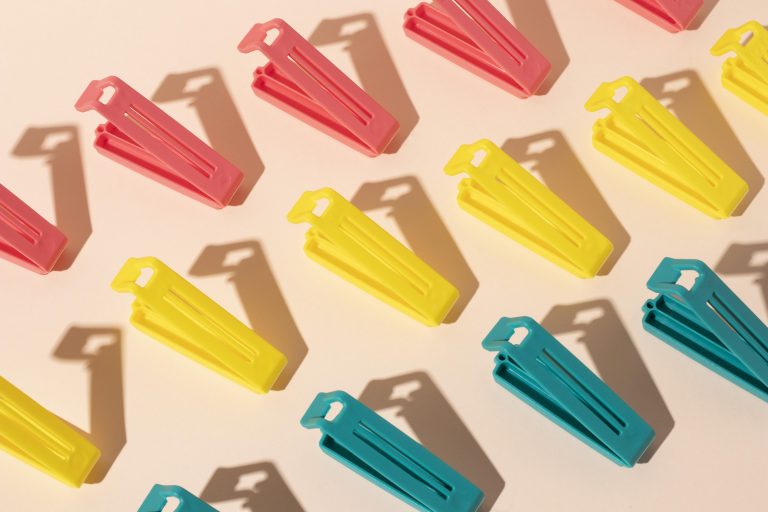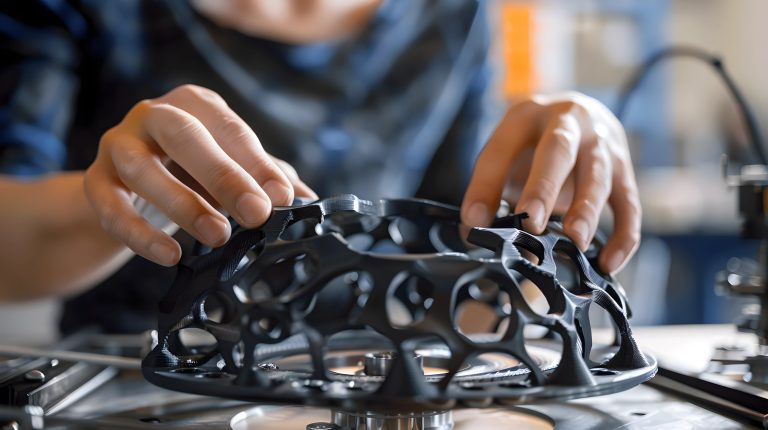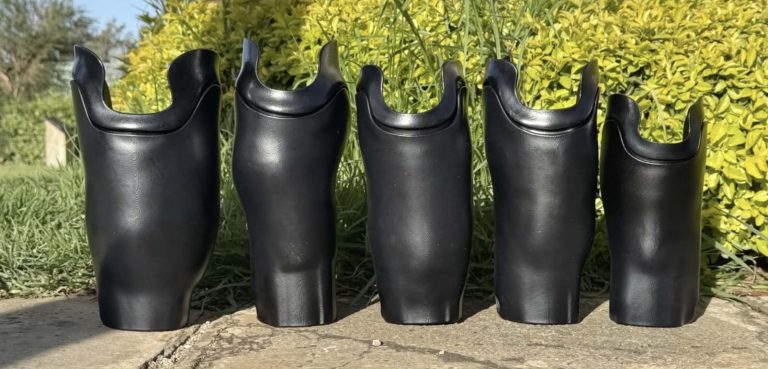Once viewed as a niche innovation, 3D printing, also known as additive manufacturing (AM), has evolved into one of the most transformative technologies in modern manufacturing. What began as a tool for rapid prototyping is now revolutionizing production processes, reshaping global supply chains, and inspiring breakthroughs in industries from aerospace and automotive to healthcare and construction.
3D printing is not only changing how products are designed and developed; it’s redefining how we think about manufacturing altogether.
Reshoring and the Rise of Local Manufacturing
For decades, manufacturers outsourced production to overseas facilities in pursuit of lower labor costs. But that model is changing fast. The flexibility and accessibility of additive manufacturing are enabling a powerful reshoring movement, bringing jobs, innovation, and economic strength back to U.S. soil.
With 3D printing, companies can produce parts locally, on demand, cutting lead times from weeks to days. This shift reduces shipping costs, minimizes carbon emissions, and strengthens supply chain resilience, lessons learned after the disruptions of recent years.
Manufacturers no longer need to rely on massive offshore orders to remain cost-effective. Instead, small-batch, domestic production enables agility, faster iteration, and a reduced risk of overproduction. The result: a smarter, more sustainable path to “Made in America” manufacturing.
Efficiency and Customization at Every Scale
One of the greatest advantages of 3D printing is its ability to streamline short-run and custom production. Traditional manufacturing methods, such as injection molding or CNC machining, require costly tooling and lengthy setup times, making them inefficient for smaller batches or one-off designs.
In contrast, 3D printing eliminates the need for molds, allowing manufacturers to move seamlessly from concept to production. Industries such as automotive, aerospace, and healthcare are now using 3D printing to produce lightweight, high-performance components and patient-specific medical devices with precision and speed.
Because it’s an additive process, 3D printing builds parts layer by layer, using only the material required. This not only reduces material waste and costs but also enables greater design complexity, ranging from lattice structures to hollow geometries that enhance the strength-to-weight ratio.
Expanding Horizons: The Future of 3D Printing
While 3D printing has already reshaped manufacturing, its future potential reaches far beyond industrial production. The next decade promises groundbreaking applications in medicine, automotive restoration, and even construction.
Personalized Medicine and Bioprinting
From 3D-printed prosthetics to the world’s first FDA-approved 3D-printed medication, additive manufacturing in healthcare is advancing rapidly. Emerging bioprinting technologies aim to create living tissues, custom implants, and even fully functional organs from a patient’s own cells, potentially transforming transplant medicine and personalized care.
In the future, doctors may be able to print customized medical devices, tailor-made drugs, and regenerative tissue in real-time. This leap toward patient-specific treatment could drastically reduce organ rejection, improve recovery outcomes, and make life-saving medical solutions more accessible.
Rare Parts Replacement and Heritage Preservation
3D printing is also breathing new life into automotive restoration and niche manufacturing. Using 3D metal printing and advanced filaments, engineers can recreate rare or discontinued components with pinpoint accuracy, parts that were once impossible or prohibitively expensive to source.
This technology allows collectors and specialists to restore vintage vehicles efficiently while maintaining authenticity and performance. The same capability could soon lead to fully customized 3D-printed cars, bridging innovation with heritage preservation.
3D Printing in Construction
Additive manufacturing isn’t limited to small components; it’s reshaping how we build entire structures. In 2021, Habitat for Humanity unveiled its first 3D-printed home in Virginia, constructed in just 12 hours.
This new frontier in 3D printed construction offers solutions to critical challenges, such as the housing crisis, by producing affordable and sustainable homes at unprecedented speed. The technology’s ability to build in unconventional terrains could also expand access to housing in regions previously unsuitable for traditional construction.
Imagine communities where durable, energy-efficient homes are printed in days rather than months. 3D printing brings that possibility closer than ever.
Cost Efficiency and Accessibility
As 3D printing technologies evolve, the cost barriers that once limited adoption continue to fall. Modern systems are faster, more precise, and more affordable than ever before, making additive manufacturing accessible to businesses of all sizes, from startups to global enterprises.
By cutting material waste, streamlining workflows, and eliminating the need for expensive tooling, 3D printing reduces overall production costs while enabling innovation. It empowers companies to produce what they need when they need it, reducing wasteful inventory and supporting sustainable business models.
The Road Ahead
3D printing has already proven that it’s more than a manufacturing tool; it’s a catalyst for progress. From reshoring and customization to medical miracles and sustainable construction, additive manufacturing is transforming the way industries design, build, and deliver products.
As technology continues to advance, the future of 3D printing will redefine what’s possible, merging creativity with efficiency, innovation with responsibility, and vision with reality.
Ready to bring your next idea to life?
Partner with ABCorp 3D to explore how additive manufacturing can accelerate your production, reduce costs, and deliver precision at scale.
Contact us today to receive a quote or schedule a consultation.



